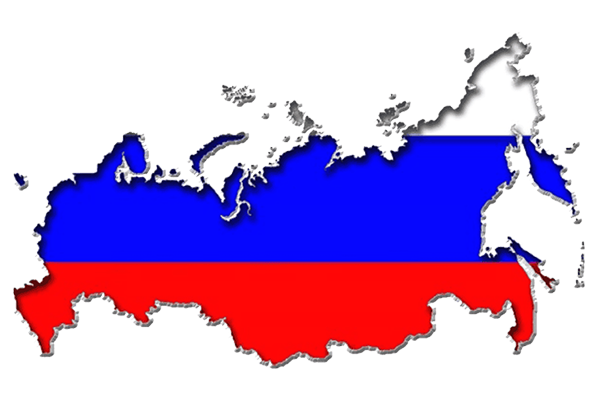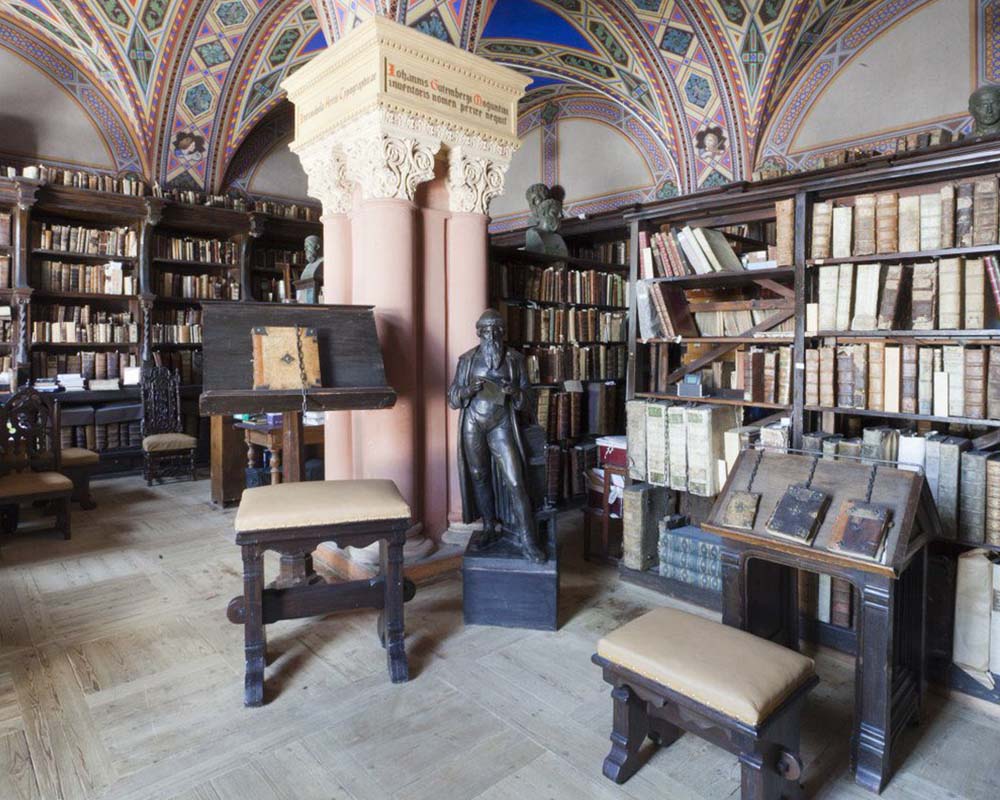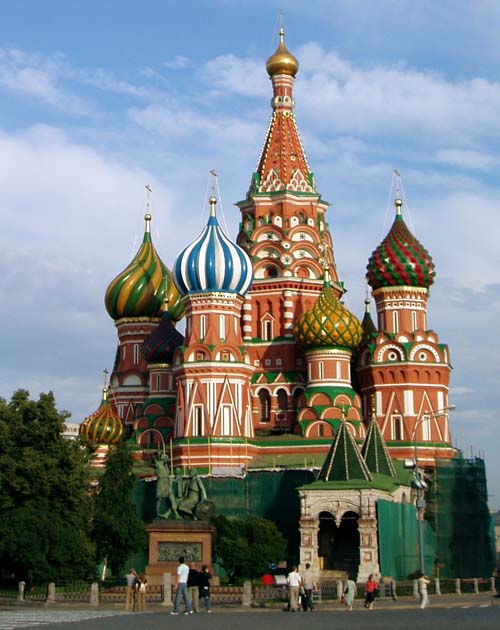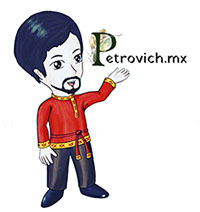Russia
Russian Federation is the largest country in the world. It has 146 million inhabitants (2019). It has an area of 17,075,400 square kilometers, more than one-ninth of the planet's mainland, with a great variety of natural environments and reliefs. Russia has the world's largest untapped reserves of mineral and energy resources and is considered the world's largest energy superpower. It has the world's largest reserves of forest resources and a quarter of the world's unfrozen fresh water.
Russia is, together with China, the country that borders the most countries and has the longest borders. It shares common borders with the following countries: Norway, Finland, Estonia, Latvia, Belarus, Belarus, Lithuania, Poland, Ukraine, Georgia, Azerbaijan, Kazakhstan, China, Mongolia and North Korea. It also shares maritime borders with Japan and Alaska, a territory of the United States. Its coasts are bathed by the Arctic Ocean, the North Pacific Ocean, and by inland seas such as the Baltic Sea and the Black Sea. Length of land borders: more than 20,000 km; maritime, about 38,000 km. The capital of Russia is Moscow.
We would like to thank the Embassy of the Russian Federation in Mexico for its support to the Fair's vocation and its willingness to provide all possible facilities to frame this 33rd edition with the presence of Russia as Guest of Honor.








